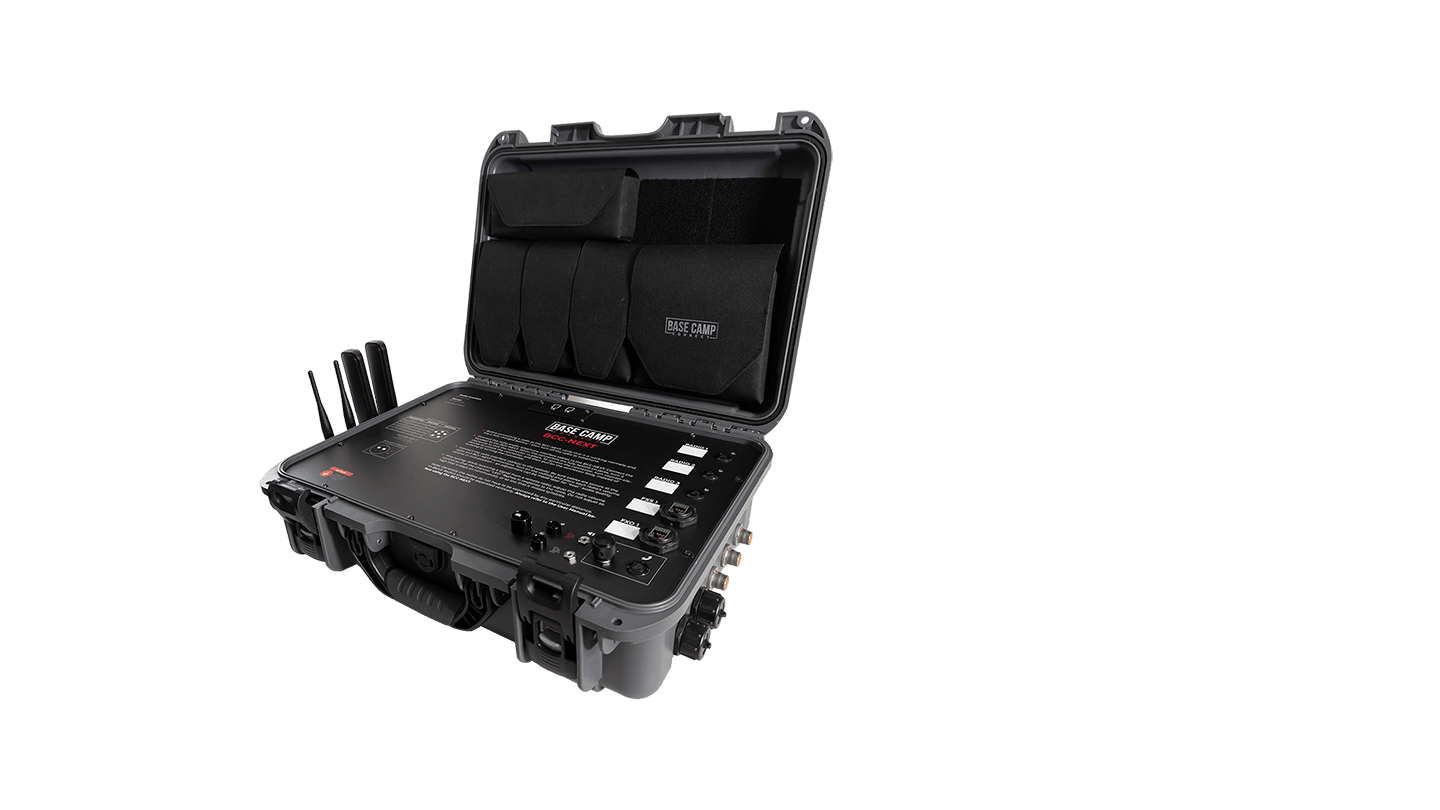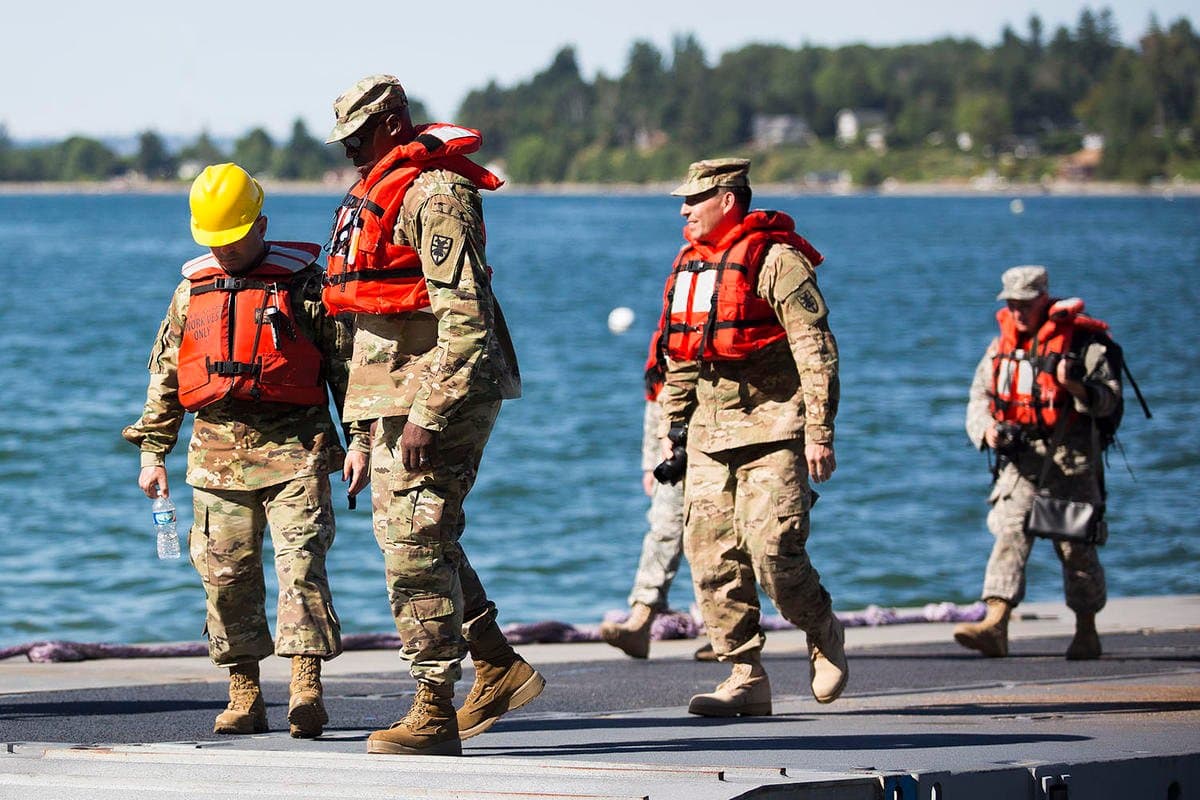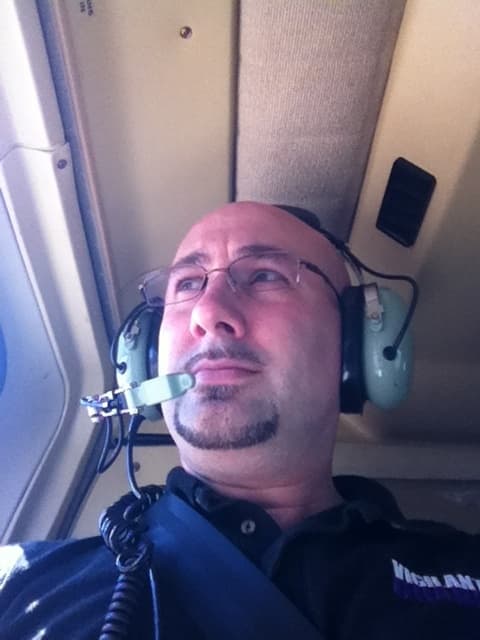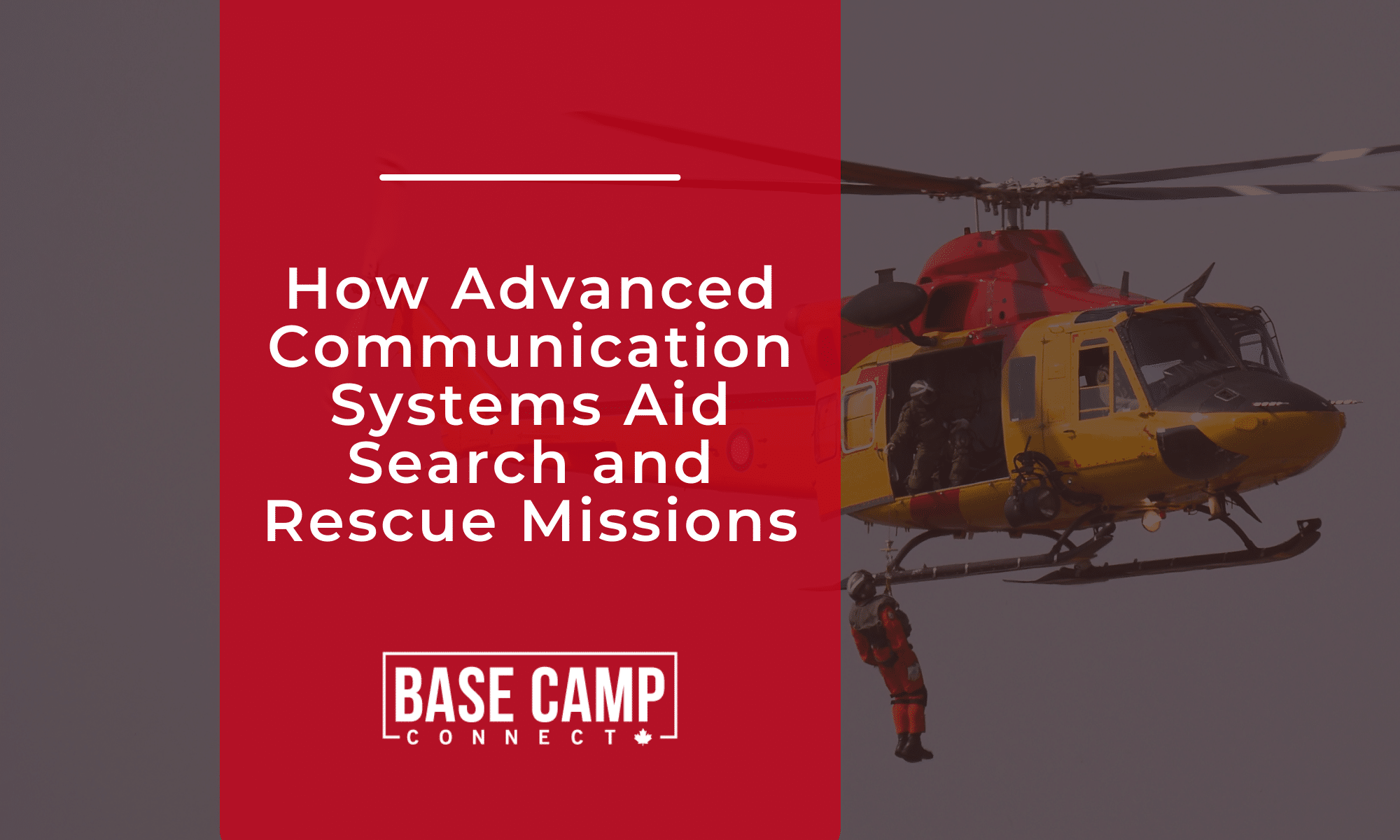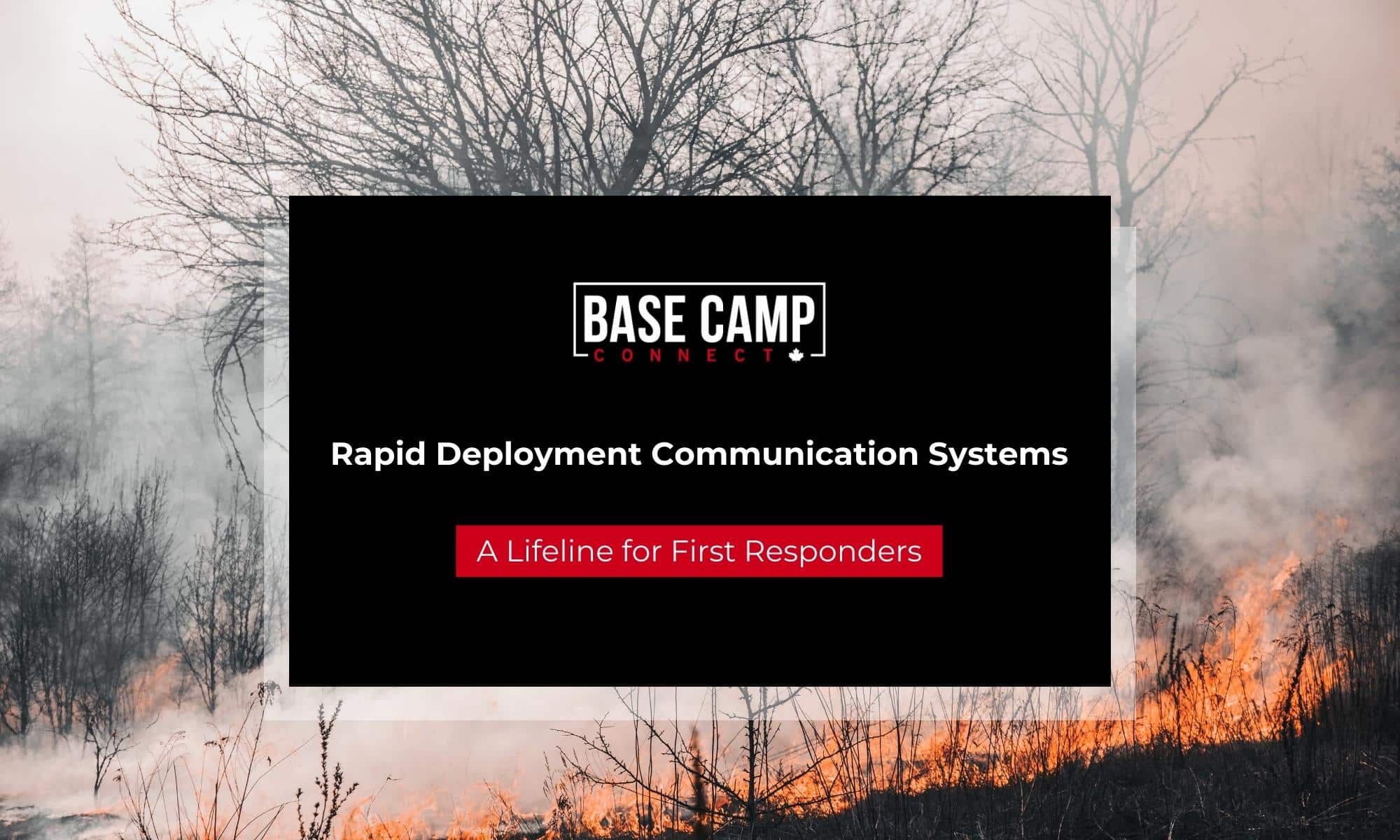A pre-decisional final draft of the Cascadia Rising After Action Report (AAR) has been released by the State of Washington. This AAR reflects lessons learned from this massive exercise conducted in early June of this year based upon an earthquake and tsunami scenario and involving approximately 23,000 participants from the US Pacific Northwest as well as Canadian regional partners. Just within the state of Washington, this was an incredibly complex exercise that was actually itself comprised of four large exercise components, broadly testing emergency operations coordination and the integration of National Guard and other military forces in a defense support to civil authorities capacity.
There are a few lessons learned that I’d like to highlight as being important to communications. The first is a situational assessment. While situational assessment is a core capability of its own, it is strongly supported by accurate and relevant information being communicated on a timely basis to others. Without good situational information, decision makers aren’t properly informed. Stakeholders in the exercise identified this as an area for improvement (page 10). The primary recommendation is, in summary, to create a better system which identifies what information is needed, how it will be collected, and how it will be shared. I would also suggest that their system must have an ability to sort and analyze the information.
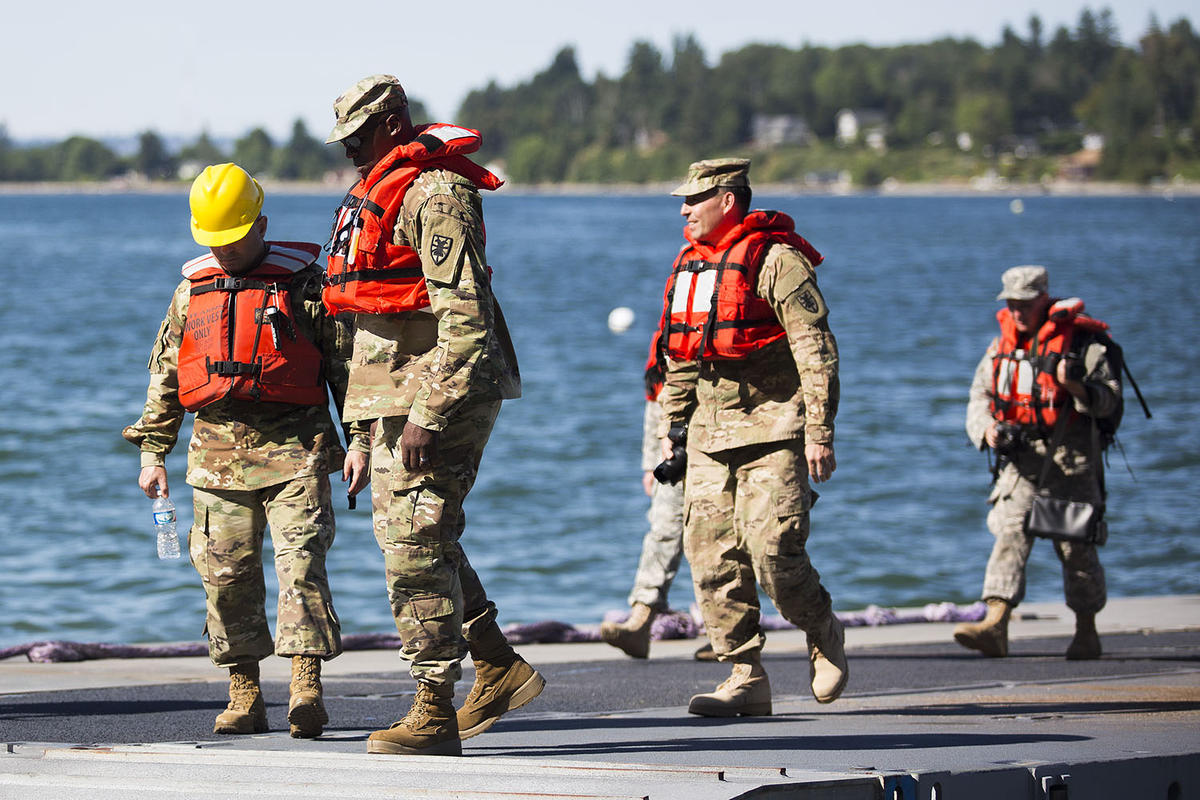
CREDIT PARKER MILES BLOHM / KPLU
Properly, they identify the need for what they call a ‘Technical Clearinghouse’, as what is essentially a standing policy group to advise on these standards. While many of the examples they provide in the AAR are oriented toward the earthquake hazard, emergency management would benefit from establishing this as an all-hazard entity. While in the Radiological Emergency Preparedness (REP) world of nuclear power plant accident preparedness, there is an established standard for an Assessment and Evaluation group to be working within the EOC, it is imperative to ensure that this group is working in concert with the established system. I fought for years to integrate the Assessment and Evaluation function in the State EOC into the Planning Section’s Situation Unit. While I was ultimately successful, this standard was hard fought as the group enjoyed a direct line to executive management. Further, if this group is comprised of scientists and engineers, that is the language they will often speak when asked to brief. Another hard-fought victory in the state EOC was through encouraging this group to provide us the information we needed in a more common tongue, and instead of leaving us to determine our own suppositions, to tell us what the impacts were likely to be based upon their data. This also leads to a discussion on the system used to collect and access the data, which I’ll reserve for a different blog post.
The second lesson learned I want to highlight in the AAR is specific to operational communications (page 12). In summary, the lesson learned was that the degraded communications infrastructure which would result from a worst-case scenario event such as this severely impacted emergency operations. They indicated that those entities with back-up systems were largely able to adapt and overcome the telephone, email, and internet outages imposed by the exercise scenario. Those without redundant systems failed. They properly highlight in their recommendations that it is not enough to only have back-up systems in place, but to also have people trained in their use and procedures established for their activation and integration. Specifically, they mention the value of satellite communications and amateur radio to ensuring communications resilience and continuity. Integrating these and other resilient communications is key.
Become more resilient with this reliable communication system »
While I have no inside information on the exercise itself, the AAR seems to be a reflection on the realities that many of us would experience in a catastrophic incident. While much of the emphasis of the AAR was on the response mission area, there are some lessons learned which they have also attributed to the mitigation mission area and the recovery mission area, acknowledging that more needs to be done to create more resilient communities and that the rebuilding of those communities is key to recovery.
My own observation is that operational communications and situational awareness may need to be applied within the National Preparedness Goal across multiple mission areas, if not all of them. They are just as essential as the three common core capabilities of planning, operational coordination, and public information to the success of every mission area.


